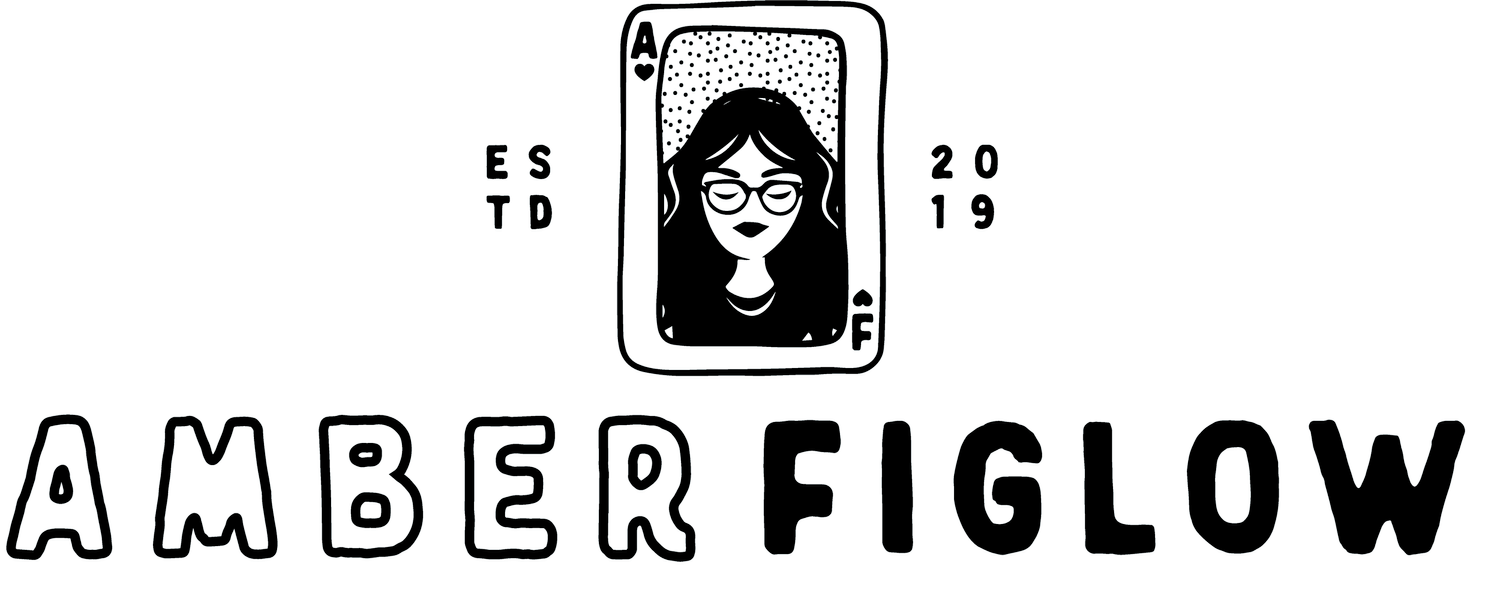EP. 017 | How to Create Content Pillars for Your Small Business
Podcast Summary
In this episode where we unravel the power of content pillars! If you’ve ever felt overwhelmed by content creation, this episode is for you. Together we’ll explore how content pillars can streamline your marketing efforts and boost your small business success. Learn how to organize, create, and distribute content that engages your target audience and drives business growth. I'll break down the steps to develop your own content pillars and share tips for effective implementation.
Episode Highlights
0:49 - What are content pillars?
2:20 - The BIGGEST content pillar no-no
3:43 - My unique approach to content pillars
4:36 - How to create your content pillars
8:16 - Content pillar examples
Resources + Tools Mentioned
If you still need some help with creating and defining your content pillars, you'll want to check out The Content Curriculum workshop. In the workshop not only will I help you define your 5 strategic content pillars... we will use them to create 325+ pieces of content for your small business!!
Mastering Content Pillars: A Game-Changer for Small Business Owners
Ever feel lost in the sea of content creation? You're not alone. The key to a streamlined and effective content strategy lies in mastering content pillars. These pillars are the backbone of your content strategy, helping you organize, create, and distribute content that resonates with your audience and drives business growth. Let's dive into how you can revolutionize your content strategy with content pillars
What Are Content Pillars?
Content pillars are specific themes or topics that represent your brand's core areas of focus. Think of them as the categories under which all your content falls.
They help you stay organized and ensure your content aligns with your brand's goals and your audience's needs. By using content pillars, you can make content creation more efficient and purposeful.
The Benefits of Content Pillars
Streamlined Content Creation: With clear content pillars, you know exactly what topics to focus on, making brainstorming and planning a breeze.
Consistency and Relevance: Content pillars keep your content consistent and relevant to your brand, preventing you from veering off into unrelated topics.
Enhanced Audience Engagement: By addressing specific themes, you can better target your audience's pain points and interests, leading to higher engagement and loyalty.
Common Misconceptions About Content Pillars
Many people make the mistake of choosing vague categories like "inspiration" or "education" as their content pillars. While these are admirable goals, they don't provide a clear direction for your content. Instead, your pillars should be specific and actionable, guiding your content creation process effectively.
How to Create Your Own Content Pillars
Let's break down the steps to develop your own content pillars:
One: Identify Key Areas of Focus
Start by thinking about the main topics that align with your business goals. For example, if you're a hairstylist, your pillars might include DIY hairstyles, hair care tips, client transformations, curly hair advice, and product recommendations.
Two: Analyze Your Existing Content
Look at your top-performing content. What themes do you see? What topics resonate most with your audience? Use these insights to help shape your content pillars.
Three: Brainstorm Content Ideas
Write down a comprehensive list of content ideas—at least 50. These can be broad or niche, as long as they align with your business and expertise. Group similar ideas together to start forming your content pillars.
Four: Categorize and Refine
Once you have your content ideas, start categorizing them into your key areas of focus. Aim for about five content pillars, as this number tends to be manageable and effective.
Five: Align with Days of the Week
Consider aligning your content pillars with specific days of the week to create a posting schedule. For instance, you might post client transformations on Mondays, hair care tips on Wednesdays, and DIY hairstyles on Fridays. This helps keep your content organized and your audience engaged.
Examples of Content Pillars in Action
Seeing how content pillars work in real life can help you understand how to apply them to your own business. Here are two detailed examples that illustrate how content pillars can be tailored to specific industries and used to create a consistent and effective content strategy.
By using these pillars, businesses can ensure that their content remains focused, relevant, and engaging for their target audience. Let’s dive into these examples to see content pillars in action and how they can transform your content strategy.
Example 1: Hairstylist
DIY Hairstyles: Tutorials and tips for creating stylish looks at home.
Hair Care Tips: Advice on maintaining healthy hair.
Client Transformations: Before-and-after photos and success stories.
Curly Hair Advice: Specific tips for managing and styling curly hair.
Product Recommendations: Reviews and suggestions for hair care products.
Example 2: Social Media Manager
Social Media Tips: Strategies and best practices for various platforms.
Client Results: Case studies and success stories.
Business Building: Tips for growing a social media management business.
Content Ideas: Creative ideas for engaging social media posts.
Industry Trends: Updates and insights on social media trends.
Implementing and Adjusting Your Content Pillars
Creating your content pillars is just the beginning. To keep them effective, you need to regularly review and adjust them based on your analytics and audience feedback. Here are some tips:
Regular Analysis: Use analytics tools to track the performance of your content. Identify which pillars are driving the most engagement and adjust your strategy accordingly.
Content Brainstorming: Continually generate new content ideas that fit within your pillars. This keeps your content fresh and relevant.
Quarterly Review: Every few months, review your content pillars to ensure they still align with your business goals and audience needs. Make adjustments as necessary.
Mastering content pillars can transform your small business's content strategy, making it more organized, efficient, and impactful. By focusing on specific themes and aligning your content with your audience's needs, you can create a consistent and engaging content experience. Start developing your content pillars today, and watch your small business thrive!

